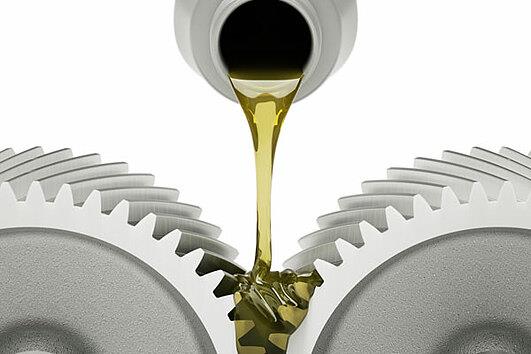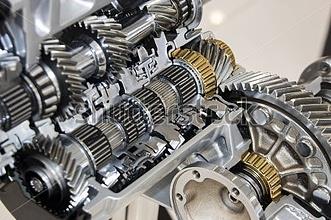AUTOMOTIVE GEAR LUBRICANTS
There’s more to automotive gear oils than users realise. You can’t use just any old gear oil in an automotive gear application. In many applications an EP gear oil will actually damage some materials. And using a non-EP gear oil where an EP gear oil is needed, such as in a hypoid final drive, will lead to excessive wear and premature gear failure. Just as the gear types used in automotive gear applications differ, so do the gear lubricants they require.
Like any oil, a gear lubricant will be identified by two factors, its performance classification and its viscosity! That’s it. Nothing more, nothing less.
First we should look at the gear lubricant descriptions we commonly use in daily automotive use. Sometimes “generic descriptions” are used, performance classifications have been created by international standards organisations and industry associations, and OEM specifications are created by automotive manufacturers.
We might just manage to obtain the right gear lubricant by asking for generic description such as a “hypoid gear oil” or a “manual transmission oil”. But one person’s understanding of a generic description might not match the next person’s interpretation of the phrase. And the gear manufacturer may require some special lubricant feature to protect the gears in their gearbox.

AUTOMOTIVE MANUAL TRANSMISSION
Industry organisations have set out classifications to define gear lubricant performance for many years. The most widely used, the API (the American Petroleum Institute), created a range of “Lubricant Service Designations for Automotive Manual Transmissions, Manual Transaxles, and Axles”. Some of these descriptions are still in use today to describe automotive gear oil performance. The API also recently added a new classification to meet evolving heavy duty manual transmission needs. Three API gear lubricant service designations are in use today.
API GL-4 classifies passenger car and light truck manual gear box lubricants and oils used in tractor gearboxes and spiral bevel gear final drives.
API GL-5 defines passenger car, light and heavy truck and bus hypoid final drives where there is a large amount of sliding movement across the gears.
And API MT-1 is a recently introduced classification for oil used in manual transmissions in buses and heavy duty trucks.

AUTOMOTIVE HYPOID DIFFERENTIAL
Older API Service Designations GL-1, GL-2, GL-3 and GL-6 are now obsolete because they were originally designed for service conditions that are no longer experienced today or the gear sets used to test oils against these classifications are no longer available today.
Many automotive manufacturers demand that lubricants meeting their own in-house specifications are used in the equipment that they manufacture. A number of automotive OEMs have gear lubricant requirements. Mercedes-Benz, MAN, Mack, ZF, GM, Ford, Volvo and many others all have specifications for the gear lubricants to be used in their equipment, particularly where special warranty or extended lubricant service is offered.
An API GL-5 lubricant will very likely have a large amount of sulphur-phosphorus extreme pressure (EP) additive in its formulation. Extreme pressure additive provides very good gear face protection. But in a gear application where there are copper alloy materials, an automotive “EP”/API GL-5 hypoid gear lubricant might attack the copper alloy and produce corrosive wear.
As well as the oil meeting the right performance classification, the correct gear oil viscosity must also be used in automotive transmission and final drive transmission applications. A more viscous oil than specified will induce poor shift quality, run hotter, and produce lower fuel efficiency. A less viscous oil than specified won’t generate the fluid film needed between components and wear and shorter component life will result.
So the golden rule when choosing an automotive gear lubricant is, “Read the Manufacturer’s specifications!” The transmission or final drive manufacturer will specify the gear lubricant performance and the viscosity required for their equipment. Follow their advice.

